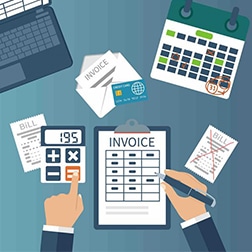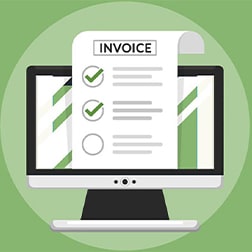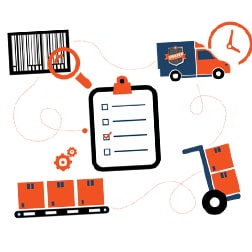Cash flow issues are the primary cause of many small businesses going out of business each year. No matter how prosperous a company appears to be on paper, if customers do not pay their khata, cash flow will quickly dry up, and the company will be unable to meet its operating costs. One approach to avoid this disaster is to implement a strong credit control system from the start.
Putting a credit control system in place
Allow no more than a month for late payments. Keep a tight eye on your sales ledger and be aware of any outstanding accounts.
To get paid, phone the customer and ask when they expect to pay – and don’t be fooled by excuses like “the money is on the way.” Maintain a pleasant demeanor at all times, but be prepared to pursue the situation if the payment is not coming through on time. Also, keep a record of all communications in case you are compelled to pursue the matter further.
When you’re caught up in the day-to-day operations of a small business, it’s easy to forget about credit control. After all, you have a million things to do, so chasing customers for non-payment invoices may not be at the top of your priority list. But it should be—it only takes one or two significant outstanding invoices to wreak havoc on cash flow, so credit control should always be a top focus.
Also, If you’d like to learn how you can automate this entire process and be able to access all of this through your smartphone or tablet – connect with our team today.










